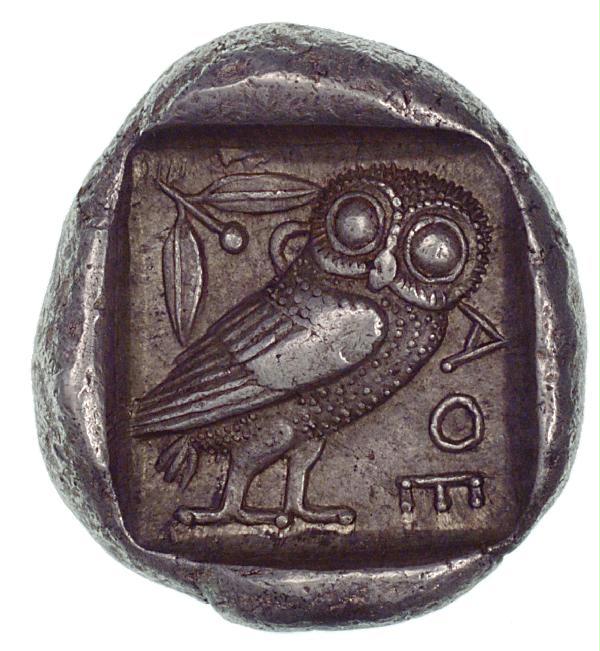skip to main |
skip to sidebar
"Max Q"
In the field of aerodynamics, dynamic pressure, a combination of air density and speed, is called "Q". When a rocket is launched, the rocket accelerates and Q increases. As the rocket ascends though the atmosphere, air
density decreases, and there is a point where the combination of increasing speed and
decreasing density is a maximum. This point is called "Max Q." From this point on, the rocket continues to accelerate as it ascends through the atmosphere, but also air density continues to decrease, so that the increasing velocity of the rocket does not contribute to an increase in dynamic pressure. This is neatly illustrated in the following graph showing the dynamic pressure and velocity of a simulated Saturn Five passing through the atmosphere. Here Max Q is achieved eighty seconds after launch, approximately fifteen seconds after the simulated rocket has passed through the sound barrier.
In the following photograph of a Saturn Five, the condensation cloud forming around the lower half of the rocket indicates that it is passing through the sound barrier, and that it will soon reach Max Q.
Find this interesting? Please click HERE.

1 comment:
Your discussion about MaxQ is ok, but I disagree with the picture. The Prandtl-Glauert singularity is not necessarily related to the sound barrier. Read: http://www.wilk4.com/misc/soundbreak.htm
Nice article anyway. Thanks for publishing
Post a Comment